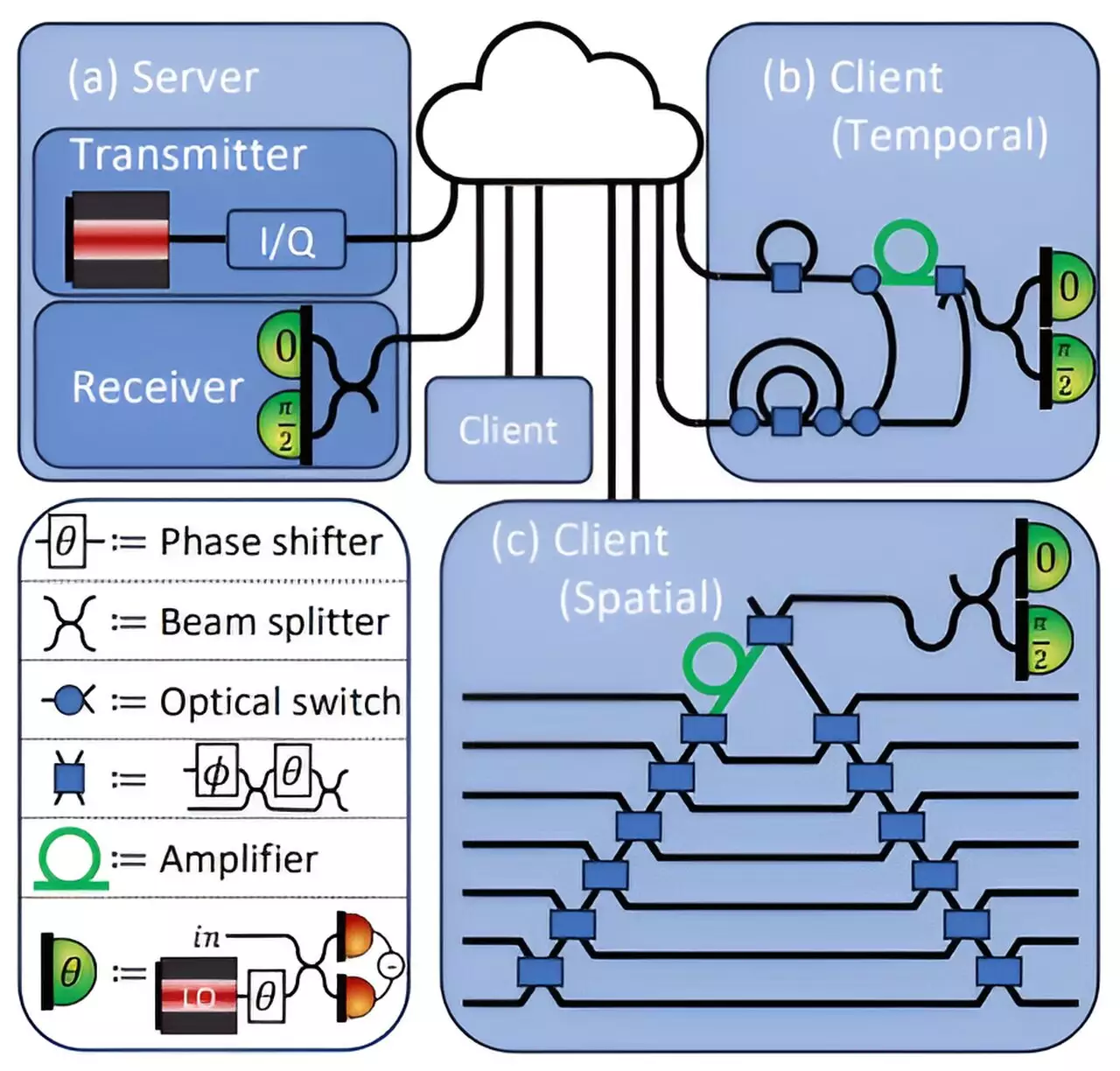Deep learning has emerged as a transformative technology across various sectors, including healthcare, finance, and beyond. Its capacity to analyze vast datasets and make predictions has outpaced traditional algorithms, leading to unprecedented breakthroughs. However, this advancement is not without challenges. Deep learning models demand substantial computational power, necessitating the use of robust cloud-based servers. This reliance on cloud infrastructure, while beneficial for processing capabilities, raises significant security concerns, especially when dealing with sensitive data, such as medical records.
In the realm of healthcare, for instance, there exists a fundamental hesitation to utilize artificial intelligence for diagnostic purposes. Hospitals and medical professionals are rightly cautious about integrating AI into their workflow due to fears surrounding data privacy. The handling of sensitive patient information is paramount, and any perceived weaknesses in security could deter health organizations from leveraging the advantages of deep learning technologies.
Recognizing the urgent need for enhanced security, MIT researchers have developed an innovative security protocol that incorporates the principles of quantum mechanics to safeguard data during deep-learning computations. By harnessing the unique properties of laser light and fiber optic communication systems, this protocol ensures that data sent to and from a cloud server remains confidential and protected against unauthorized access.
The key to this approach lies in encoding data into the optical fields generated by laser light. Quantum mechanics inherently disallows perfect duplication of information, a concept known as the no-cloning principle. By capitalizing on this principle, the researchers have created a system that significantly mitigates the risks associated with data interception and unauthorized data copying.
One of the most significant advancements of this protocol is its ability to maintain the accuracy of deep learning models. During trials, MIT’s researchers achieved a remarkable 96% accuracy rate while implementing their quantum security measures. Kfir Sulimany, a researcher involved in this work, emphasizes the protocol’s capability to empower users to utilize powerful deep-learning models while ensuring the privacy of their data and protecting the intellectual property involved.
The researchers’ focus was on a scenario in which a client, armed with confidential data (such as medical images), seeks insights from a central server running a deep learning algorithm. The challenge was to enable this process without compromising sensitive information. Both the client and server had vested interests in keeping their respective data concealed, highlighting the need for a solution that protects both parties.
At the core of the researchers’ novel security protocol is the intricate process of encoding the neural network’s weights into optical signals. A neural network is comprised of various layers of interconnected nodes that perform computations on incoming data. By sending encoded weights to the client, the server allows the client to conduct the necessary operations without exposing underlying information.
As the client processes the data with the neural network, the protocol ensures that only minimal and necessary information is shared back with the server. The client’s operations inevitably introduce a small error due to quantum measurements, which can be analyzed by the server to check for potential information leaks. Importantly, the residual light sent back to the server does not reveal any sensitive client data, ensuring the confidentiality of the client’s information.
This breakthrough offers profound implications for how deep learning can be conducted securely in cloud environments. The ability to protect sensitive information while leveraging advanced computational technologies sets the stage for broader applications in fields that require utmost discretion. Looking ahead, the researchers envision further exploration into federated learning, where multiple stakeholders can collaboratively train a centralized model using their data without compromising individual privacy.
Additionally, transitioning from classical to quantum operations might yield further advancements in both accuracy and security, opening new avenues for research and practical applications.
The fusion of quantum cryptography and deep learning signifies a pivotal step in safeguarding sensitive data in a cloud-based landscape. As this research progresses, it holds the potential to redefine how industries can leverage AI technologies while upholding stringent privacy standards. Future explorations engaging with experimental imperfections and practical implementations may lead to even more resilient security measures, paving the way for a secure digital future.


Leave a Reply
You must be logged in to post a comment.